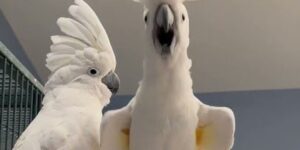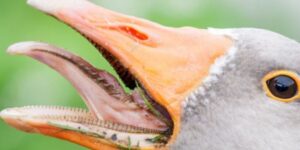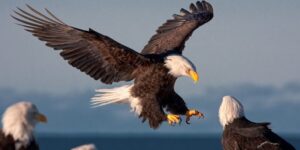Introduction
Are you dreaming of a vibrant garden filled with cheerful melodies and colorful flutters of pretty birds? You’re not alone. Many nature enthusiasts yearn to attract these delightful creatures to their backyards, creating an oasis that bursts with life. Whether you’re captivated by the sight of finches darting between flowers or mesmerized by the grace of cardinals perched on branches, attracting lovely birds can transform your outdoor space into a serene getaway.
But how do you entice these feathered friends to make your garden their home? It’s simpler than you might think! With just a few thoughtful adjustments and insights into bird behavior, anyone can create an inviting habitat. This guide will walk you through everything from understanding why birds visit certain spaces to choosing plants and features that will have them flock to your yard in no time. Get ready for some avian magic as we explore ways to welcome pretty birds into your everyday life!
Pretty Birds: A Guide to Attracting Them to Your Garden
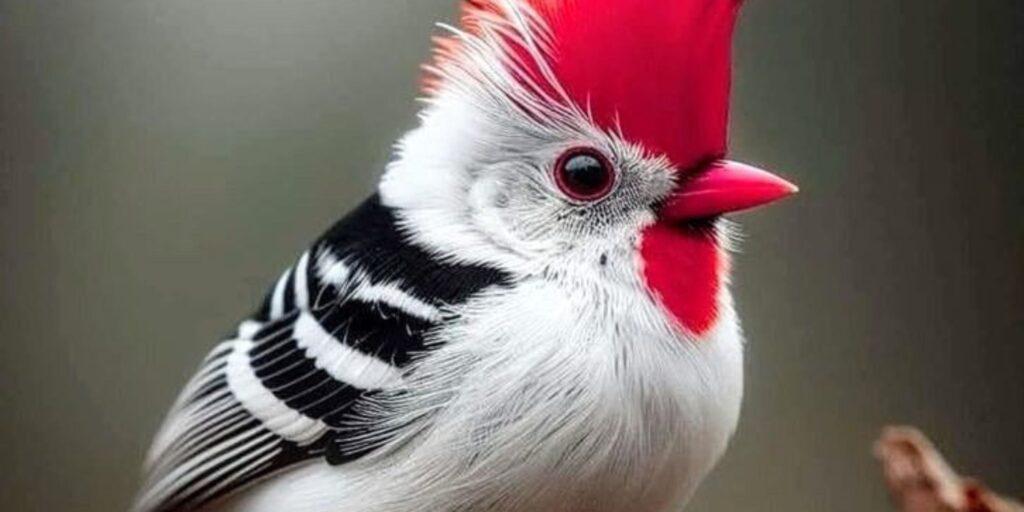
Attracting pretty birds to your garden is a rewarding experience that brings joy and color to your outdoor space. It begins with understanding what draws these charming creatures in the first place. Birds are social beings, often looking for safe havens where they can find food, water, and shelter. By creating an environment that meets these needs, you’ll soon find them fluttering around.
To start off, think about the layout of your garden. A mix of open spaces and sheltered areas allows birds to feel secure while exploring their surroundings. Dense shrubs provide cover from predators, while sunny spots attract insects—an important food source for many bird species.
Next comes the variety of plants you choose. Different species appeal to different birds; for instance, sunflowers attract finches with their seeds while berry-producing bushes lure in robins and bluebirds. Native plants are especially beneficial as they offer natural food sources suited to local bird populations.
Water is another essential element in attracting pretty birds. Installing a simple birdbath or a small pond can do wonders for drawing them in during hot weather or dry spells. Ensure it’s shallow enough for smaller birds but deep enough for larger ones so everyone feels welcome.
Bird feeders filled with seed blends tailored to specific species can also make your garden irresistible! Experiment with various feeder types positioned at different heights and locations throughout your yard.
Consider adding birdhouses designed specifically for the types of birds native to your area; this provides nesting options that encourage long-term visits!
Pretty Birds :Understanding Bird Behavior
Birds are fascinating creatures, each with unique behaviors that define their interactions in the wild. Understanding these behaviors can help you attract pretty birds to your garden effectively.
Different bird species exhibit varying habits. Some are migratory, traveling long distances during seasonal changes. Others prefer to stay put, establishing territories throughout the year. Knowing which types frequent your area can guide your gardening choices.
Feeding behavior is another key aspect of bird life. Many birds have specific diets and feeding times. For example, hummingbirds often visit flowers during daylight hours when nectar is freshest. Observing when certain species appear can help you time your efforts perfectly.
Social dynamics also play a role in attracting birds. Some species thrive in flocks and enjoy communal feeding spots while others are more solitary or territorial. By understanding these social structures, you’ll know whether to provide multiple feeders or designate quiet zones for shy visitors.
Moreover, nesting habits influence where birds choose to settle down for breeding seasons. Certain species prefer dense shrubs or trees for protection against predators while others need open spaces nearby for easy access to food sources.
By observing and learning about these behaviors, you’ll create an inviting atmosphere tailored specifically for pretty birds in your garden environment.
Pretty Birds :Creating a Bird-Friendly Environment
Creating a bird-friendly environment starts with your garden’s layout. Consider incorporating diverse habitats that cater to various species. Birds thrive in spaces that offer shelter, food, and nesting spots.
Start by planting trees and shrubs where they can find refuge from predators. The dense foliage provides safety for birds to roost and hide while they scout for food or rest after long flights. Native plants are especially beneficial; they attract insects which serve as a natural food source.
Add layers to your garden design with different heights of plants. This vertical diversity allows birds like woodpeckers to forage on tree trunks while smaller songbirds flit around lower shrubs. Each level offers unique feeding opportunities.
Minimize the use of chemicals in your yard as these can be harmful not only to birds but also to their food sources. Opt for organic gardening practices instead, using methods like companion planting or creating habitats for beneficial insects.
Ensure you have areas where fallen leaves and debris can accumulate naturally—this creates perfect hiding spots for ground-foraging birds looking for seeds or bugs among the litter.
Consider quiet zones away from noise pollution such as traffic sounds or loud machinery. A serene atmosphere encourages more feathered visitors into your space, making it an ideal sanctuary filled with pretty birds throughout the year.
Selecting Bird-Attracting Plants
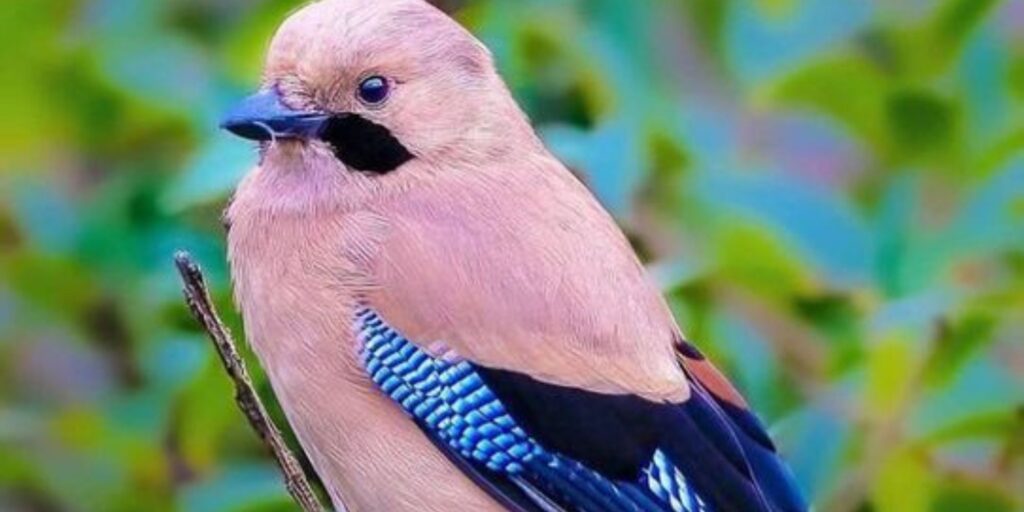
Choosing the right plants can turn your garden into a haven for pretty birds. Native plants are often the best choice. They provide essential food sources and shelter for local bird species.
Consider incorporating flowering plants that produce seeds. Sunflowers, coneflowers, and black-eyed Susans attract various birds looking for nourishment. Their vibrant blooms not only beautify your space but also serve as natural feeders.
Berry-producing shrubs add another layer of attraction. Plants like elderberry, serviceberry, and dogwood offer delicious treats during the growing season. Birds love to feast on these berries, especially in late summer and fall when other food sources dwindle.
Don’t overlook trees! Oaks, maples, and willows host insects which become vital snacks for many species of birds. Their branches also provide ideal nesting spots where young ones can grow safely.
Mixing evergreens with deciduous plants creates year-round interest while providing cover from predators. Birds appreciate having places to hide while they search for food or rest after a long day of flying around.
Consider selecting flowers that bloom at different times throughout the seasons to ensure there’s always something appealing in your garden landscape. This approach guarantees continuous support while attracting an array of pretty birds throughout the entire year.
Water Features and Bird Baths
Water features can transform your garden into a vibrant oasis. Birds are naturally drawn to the sound of moving water, making it an essential element for attracting pretty birds. Whether you opt for a gentle fountain or a bubbling rock feature, the soothing sounds create an inviting atmosphere.
Bird baths serve as another fantastic way to entice our feathered friends. They not only provide drinking water but also offer a space for birds to bathe and keep their feathers clean. A shallow bird bath with sloped sides is ideal, allowing various species easy access.
Positioning your birdbath near shrubs or trees can give birds nearby shelter while they enjoy their splashy moments. The closer they feel to cover, the more likely they’ll visit regularly. Adding stones or pebbles in the bath allows smaller birds to perch comfortably while sipping water.
To keep things fresh and appealing, change the water frequently—at least every two days during hot weather—to prevent mosquitoes from breeding and ensure cleanliness. In colder months, consider using heaters designed specifically for birdbaths so that feathered visitors have access to unfrozen water.
Don’t forget about aesthetics! Decorative elements like ceramic bowls or tiered fountains can enhance your garden’s overall look while still serving its purpose as a habitat for pretty birds.
Creating these inviting spaces will make your garden irresistible to different species of birds throughout the year.
Bird Feeders and Birdhouses
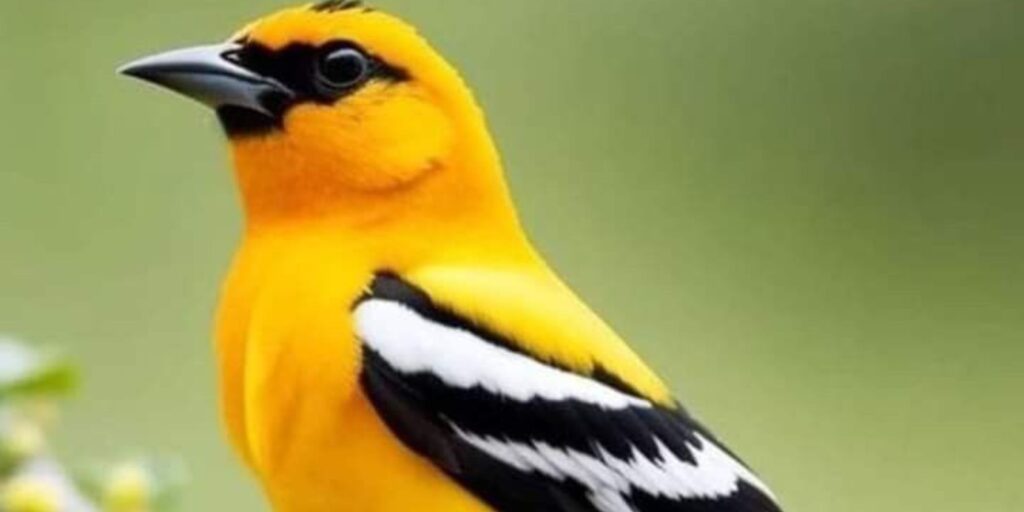
Bird feeders and birdhouses are essential tools for attracting pretty birds to your garden. They provide food and shelter, making your outdoor space a haven for feathered friends.
When selecting bird feeders, consider the types of seeds that appeal to local species. Sunflower seeds attract finches, while suet is perfect for woodpeckers. Choose feeders designed specifically for these foods to maximize their effectiveness.
Placement matters as much as the type of feeder you choose. Position them near natural cover like shrubs or trees so birds can easily escape predators. Ideally, place feeders where you have a clear view from indoors—this way, you can enjoy watching them without disturbing their feeding habits.
Birdhouses add another level of attraction to your garden. Different species prefer various styles and sizes of houses based on their nesting needs. Research which birds are common in your area before purchasing or building one.
Ensure the birdhouses are made with safe materials and properly ventilated to protect chicks from overheating during summer months. Clean out old nests each year; this keeps parasites at bay and encourages new families to settle in.
Regularly check both feeders and houses for wear or damage too; maintaining these elements will keep birds returning season after season! By offering food sources alongside suitable shelter, you’re creating an inviting environment that supports local wildlife while enhancing your backyard experience.
Year-Round Bird Care Practices
Creating a haven for pretty birds requires consistent care and attention throughout the year. Birds are not just seasonal visitors; they thrive in environments that cater to their needs irrespective of the weather.
Start by maintaining your bird feeders. Ensure they are filled with high-quality seeds, such as sunflower seeds or millet. Regularly clean them to prevent mold and diseases from spreading among the visiting birds. This simple act can help sustain their health while keeping them coming back for more.
During winter months, consider adding suet cakes to your feeding regimen. These high-fat foods provide much-needed energy during cold spells when natural food sources diminish. Watch as feathered friends flock around your yard, enjoying this tasty treat.
Don’t forget about plant maintenance either! Prune any overgrown shrubs or trees that may obscure nesting sites or feeding opportunities. Keeping these plants healthy will ensure an inviting space for various species looking for shelter and sustenance.
Spring is also an ideal time to monitor nest boxes you’ve installed in your garden. Clean out old nests after breeding season ends so new families can find safe homes next year without hassle.
Water features need regular maintenance too—cleaning bird baths weekly prevents algae buildup and keeps water fresh for thirsty visitors all summer long!
